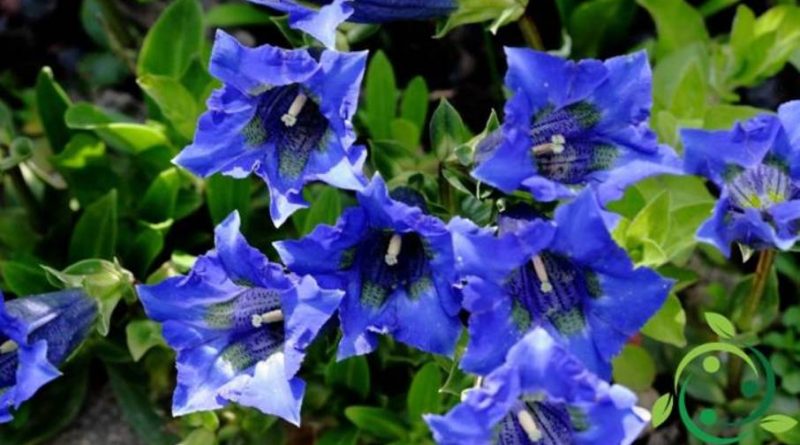How to grow Genziana di Koch
How to grow Genziana di Koch
The Genzianella or Genziana di Koch (Gentiana acaulis L., 1753) is an herbaceous species belonging to the family of the Gentianaceae. It is a flowery, perennial, outdoor plant, small in size and very resistant to cold and is a plant that can be grown in the garden or in pot. Let’s see how to grow Genzianella and what are the most useful measures.
Let’s say immediately that it is an easy to maintain and available plant, characterized by many varieties with flowers ranging from blue to electric blue and purple. Those with yellow flowers belong to another species that is the major gentian.
The Gentian acaulis has a rosette of ovate-lanceolate basal leaves and large flowers with blue corolla and it is possible to meet it during a walk in the mountain parks, where it grows spontaneously, often creating landscapes of a beautiful blue color. It is, among other things, a protected species. Its habitat is at high altitudes, where it is found to be in closer contact with the ultraviolet rays from which it protects itself with its classic blue tone that embellishes the flowers. Gentianella prefers the soils with a low pH level, exposed to the sun, loose and capable of draining the water well. For its aesthetics it is cultivated in gardens in decorative flower beds, where towards the summer it explodes with a flowering of incredible chromatic effect, considering that this plant starts to bloom around March until October.
For its cultivation we do not recommend particular fertilizations but, obviously, in soils with a greater organic endowment (which you can make at the end of the winter period) find the best conditions for a better vegetative vigor.
The most suitable place to grow the gentian is sunny with a few hours of shade; in these conditions the vegetative balance of the plant is optimal. Also with regard to irrigation it is necessary not to exceed. Irrigation shifts that are needed are preferable when the first layers of soil (or soil if you are potted) are dried. In the open field it is advisable to distance the irrigations more and to increase the irrigated supply so as to allow the roots to go deeper.
For the pruning there are no particular precautions except to eliminate dry leaves and especially the withered flowers to prolong the flowering.
Due to its characteristics, the gentian can also be grown in a rock garden or as a border.
In pot cultivations, place in a slightly shaded place with a not too high summer temperature. It must never exceed 25 ° C. suitable soils for pot cultivations must be slightly acidic; a mixture with prevalence of peat, sand and leaves soil.
For propagation it is possible to operate by subdividing the tufts at the end of spring or for sowing in the fall.
No particular diseases or parasites are reported. If we notice a yellowing of the foliage, the cause could be the presence of an excess of limestone in the ground. Radical rot are the consequence of excess moisture.
Gentiana acaulis has remarkable and very precious digestive, anti-anemic, vermifuge, antipyretic and antifermentative properties.
Like most medicinal plants, gentianella and its active ingredients should not be taken in case of breastfeeding or pregnancy. They can also be harmful if you suffer from gastritis and ulcers.

